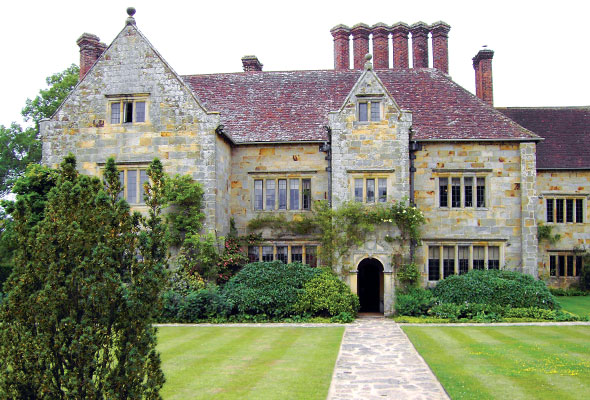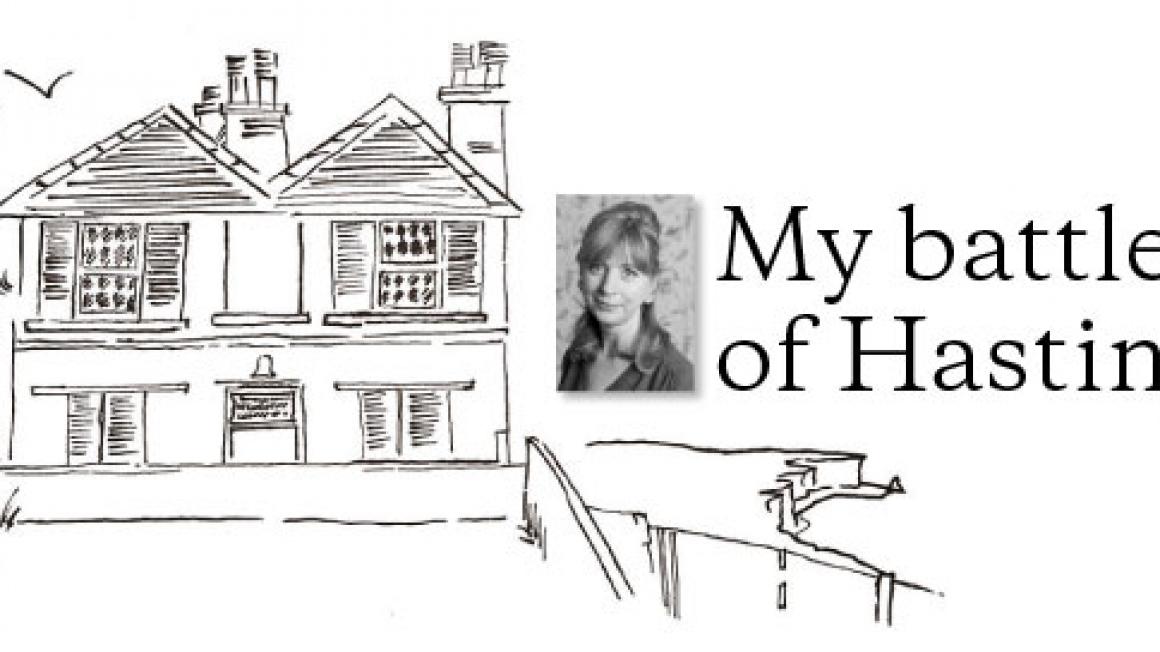Poetic Painting
Surrounded by the dense woods of the Sussex Weald, built in the 17th century out of local stone, with its mullioned windows and oak beams, Bateman’s at the time was a house with potential. ‘AD 1634 over the door – beamed, panelled, with old oak staircase and all untouched and unfaked,’ wrote Kipling in 1902.
 Bateman’s
Bateman’sKipling was obsessed with the history of his new home, and over the 34 years he lived there, he did much improving, including building a whole new road in order to connect his house to the rest of the world. It was in the book-lined study that he wrote many of his fi nest works, hammering away on his aged Good Companion typewriter, surrounded by boxes of pen nibs and rubber bands.
It was this house and its grounds that inspired his poem The Land, while Puck Of Pook’s Hill was written in honour of the hill visible from the house. The inspiration he drew from its walls helped him win the Nobel Prize for Literature – he was the first Englishman to do so.

The builders’ bills were unlikely to have bothered Kipling: he was the highest-paid writer in the world at the time. These days the bills are met by the National Trust, but the house continues to provide inspiration: most recently, the trustees provided support for a production of My Boy Jack at the local Stables Theatre. The play tells the heartbreaking story of the death of Kipling’s 18-year-old son, declared missing at the Battle of Loos in 1915, barely two weeks after being sent to the front.
Opened in 1959 and manned mainly by committed volunteers, the Stables Theatre, with its brilliant director Christopher Lacey, produces productions worthy of the West End. It also gives semiprofessionals the chance to shine – like my decorator Neil Mitchell, for instance. True, Neil didn’t play the lead, which technically robs me of the chance to boast that Rudyard Kipling painted my house. But I’m sure the great man would allow a little poetic licence.
Next week: Kilner Jar Jamboree



